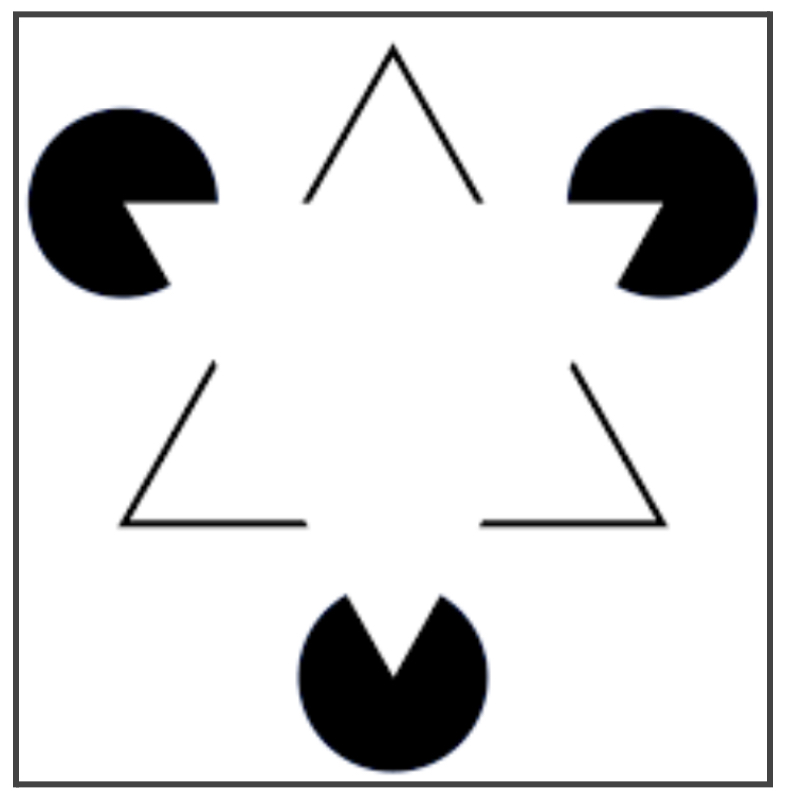Detecting energy from the environment and sending it to the brain.
What is sensation?
The structure that focuses light by changing shape/accommodation.
What is the lens?
The structure where transduction of sound occurs.
What is the cochlea?
People who have a greater sense of gustation than the majority of people are called________.
What are supertasters?
The process of organizing and interpreting sensory information.
What is perception?
The ability to see objects in 3D and judge distance.
What is depth perception?
Remy seeing colors while tasting food is an example of this.

What is Synesthesia?
This is the place where the optic nerve leaves the eye and no receptor cells are located.
What is the blind spot?
The height of sound waves that determines loudness.
What is amplitude?
Taste receptors detect these 5 flavors.
What are sweet, sour, salty, bitter, umami?
(bonus: oleogustus = fats)
Processing that starts with sensory input and works up to the brain.
What is bottom-up processing?
A binocular cue where the brain compares slightly different retinal images.
What is retinal disparity?

Diminished sensitivity due to constant exposure to a stimulus.
What is sensory adaptation?
The location with the highest density of cones.
What is the fovea?
Hearing loss caused by damage to the hair cells or auditory nerve.
What is sensorineural hearing loss?
The only sense that bypasses the thalamus.
What is smell / olfaction?
The mental framework that influences how we interpret stimuli.
What are schemas OR perceptual set?
A monocular cue where closer objects block distant ones.
What is interposition?
The minimum stimulus needed to detect a stimulus 50% of the time.
What is absolute threshold?
Competing theory explaining afterimages and color pairs like red–green.
What is opponent-process theory?
We locate sounds by comparing differences in this between our ears.
What is timing/intensity (sound localization)?
The sense that monitors balance using semicircular canals.
What is vestibular sense?
We see an object as having the same shape even when viewed from different angles.
What is shape constancy?
The idea that a whole is perceived as being more than the sum of its parts.
What is Gestalt?
The smallest detectable change in a stimulus.
What is the difference threshold / Just Noticeable Difference?
Brain ability to process features (color, motion, shape) simultaneously.
What is parallel processing?
In hearing, this is the theory that the rate of nerve impulses traveling up the auditory nerve matches the frequency of the tone.
What is frequency theory?
The sense that tracks body part movement without seeing them.
What is kinesthesis?
Failure to notice something obvious when focused elsewhere.
What is inattentional blindness?
A human's ability to visually differentiate between an object and its background.
What is Figure-Ground?

The principle that change must be proportional to the original stimulus to be noticed.
What is Weber’s Law?
Theory explaining color vision due to three types of cones—red, green, and blue.
What is Young Helmholtz/trichromatic theory?
Theory that different sound frequencies stimulate different parts of the cochlea.
What is Place Theory?
Specialized sensory receptors that detect and transmit pain signals to the brain
What are nociceptors?
This phenomenon proves attention is selective: you're able to carry a conversation with your partner in a loud classroom.
What is the cocktail party effect?
The tendency to see an unbroken whole even when parts are missing.
What is closure?
